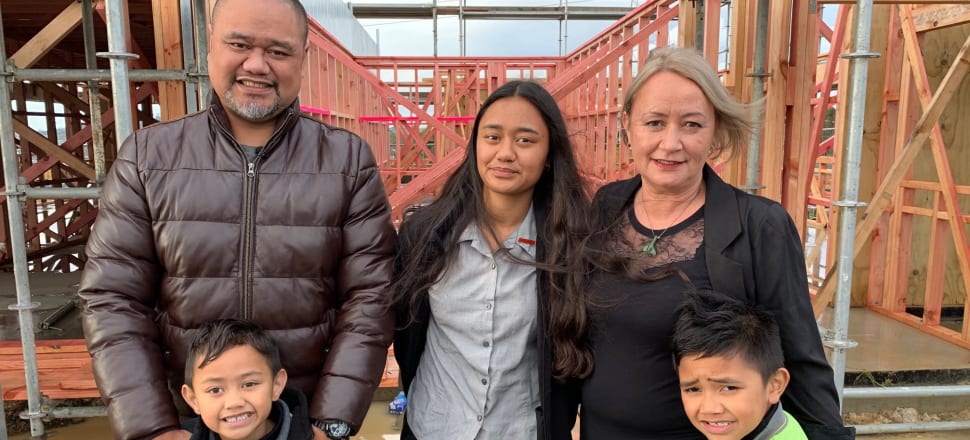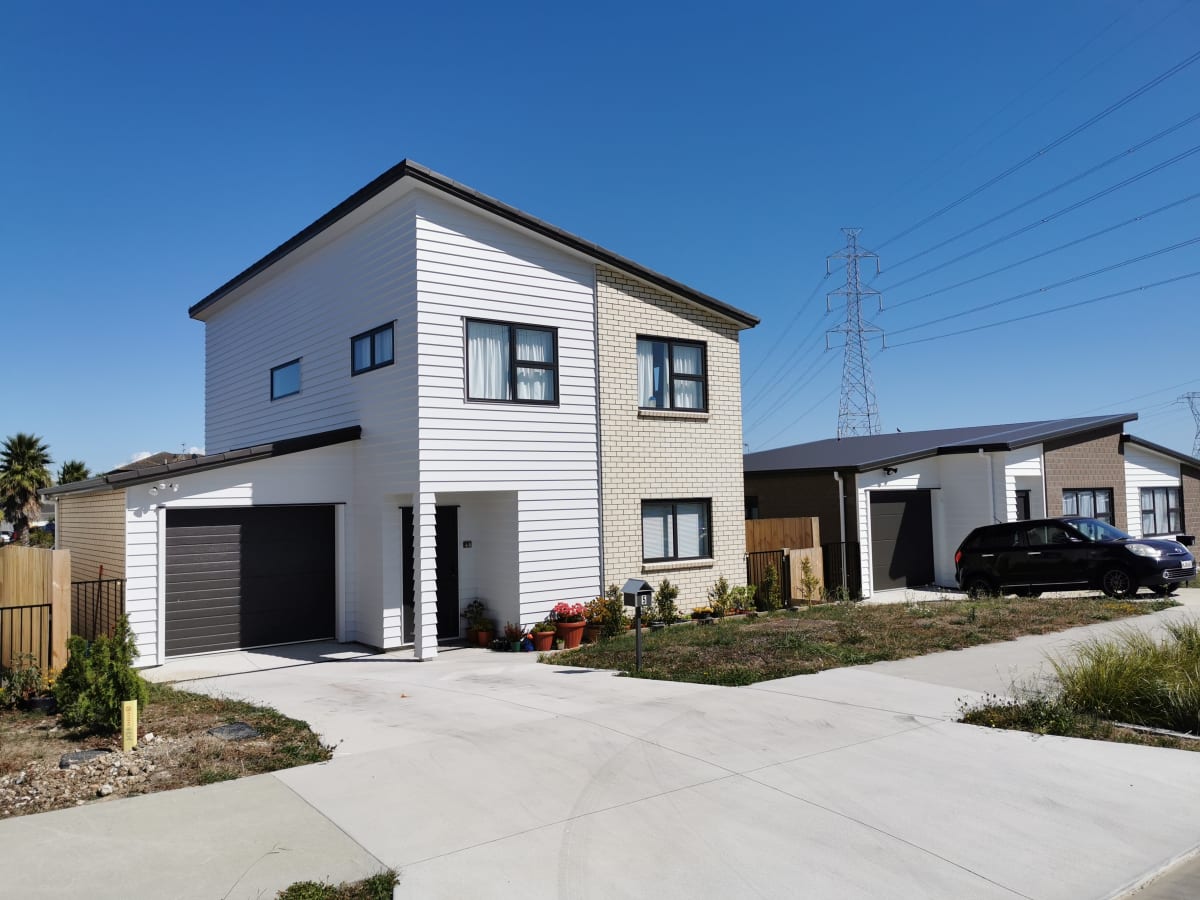
The housing crisis in the Southern Lakes district 20 years ago led to developers and council planners working together to provide affordable housing. Valuable lessons have been learnt | Content Partnership
Group projects are rarely anyone’s favourite undertaking. How many jokes are there about having to deal with the person in the group who never shows up and the one who wants to run the show? Just the other night, my eight-year-old declared that our family group project to share dinner time conversation was, “the worst ever”.
The thing is, multiple education studies show, group projects build collaboration skills, enhance our ability to tackle difficult problems and solve conflict, and share knowledge. The trick is to ensure that it is supported by a clearly agreed framework - some basic rules of the game.
Our current housing crisis is one of the most difficult problems we’ve faced in living memory, with intergenerational repercussions being created through the wealth and health gaps that the crisis is widening every day. It is a problem that will require one of the greatest group projects of our times, equal to the effort of eliminating Covid-19, with central and local government, iwi and Māori providers, community providers, developers and manufacturers all in.
And like all successful group projects, it will require clear guidelines and rules of engagement and expectation. Given the profound failure of the private market to ensure that homes are affordable relative to people’s incomes, one of the first things that must be addressed as part of these guidelines and rules is retained affordability - or homes that remain affordable for generations. So how do we get everyone on the same page to do that?
New supply does not equal affordability
We all basically agree we need more homes. But there’s a prevailing viewpoint that goes: the new supply that is ramping up will meet all the pent-up demand and therefore houses will be more affordable. While there may be some truth to this in some market segments, international and local evidence shows it is a false assumption for most of the market. This is especially true for households on the lowest incomes, who are now more likely than ever to wind up in transitional housing.
Take Sense Partners and PwC’s Cost-Benefit Analysis of the Medium Density Residential Standards (MDRS), or the 'townhouse law'. That report suggested the new density requirement “reduces this transfer of wealth over time by narrowing the gap between the rate of real wage growth and the rate of housing price growth”. What this means is that even with more housing, the gap will continue to grow, but more slowly than it would have without the changes. But new supply does not explicitly create the conditions for the urgent number of affordable homes we need right now within the housing developments that are being built right now.
What’s more, the same report looks at the 'land-value shocks' that often happen when lots of land is opened up for new housing. The shocking part is how much money in unearned benefits property owners - including land speculators - can make without any mechanism in place to capture some of that value for the public good. More shocking when land speculators do not even have to deliver homes to benefit from the value while we are in a housing crisis.

Including affordability as a requirement
Enter inclusionary housing. Also referred to as inclusionary zoning, inclusionary housing is commonly used across Europe, North America, South Africa and parts of Australia and is a planning method that requires or provides incentives for private developers - usually those delivering big projects - to incorporate affordable housing into their developments, whether through carving off a portion of land or through cash contribution.
Seen in this way, inclusionary is simply a trade between private developers and the local authorities who uphold and protect the interests of their communities. In exchange for meeting these social expectations, developers are granted licence to operate in any given area.
Lessons from Queenstown
Despite being common overseas, Queenstown Lakes is our only local example of a current, consistent inclusionary housing policy, which started in 2003 when a developer and the council planners of the time saw the current housing crisis around the corner.
While it has been the subject of debate and court cases, it is now supported by the majority of the community as shown by a recent council consultation.
The Queenstown Lakes Community Housing Trust is building 119 homes through funding and land received from affordable housing contributions to date. These homes are mainly targeted at key workers - like teachers and nurses - who are locked out of the “one and done” affordability of developments that may initially be pitched at affordability, but often result in windfall gains for one generation of owners before adding to the pool of highly leveraged mortgages and extremely expensive private rentals.
The Community Housing Trust also has obligations under the policy: to ensure long-term affordability. Under its Secure Home program for example, residents have a 100-year lease. The Trust also recycles capital back into more new homes.
Having lived in Queenstown, the reality for people I knew with full-time jobs was living stacked five in a damp room or in the Arrowtown campground for lack of affordable housing. Knowing those people had a shot at a decent home through the Community Housing Trust certainly made me thankful for the foresight of the council in 2003 and for the inclusionary housing policy.
The opportunity of the RMA reforms
With the Resource Management Act reforms, we have a once in a multi-decade opportunity to support other councils to implement their own inclusionary housing policy and, by extension, strengthen and grow the community housing sector.
The RMA reforms provide the ideal rules of the game for the “affordable homes group project” to be successful. By explicitly saying, “Yes, this is a legal thing that councils can do and here are some basic guidelines for doing it”, in the National Strategic Planning Act, central government would enable councils to get on with something that many planners see the dire need for, without fear of expensive legal challenges and in a way that responds to local contexts and the Treaty of Waitangi.
For developers, having a nationally agreed upon set of guidelines that creates a level playing field supports the many who we know are keen to play their part.
Ultimately, affordable homes are at the heart of strong communities. Like clean water, like transport, they are essential infrastructure in the lives of our people. Rolling the dice on whether the new homes being built now are and will remain affordable when we have a shot at doing so leaves government looking like the person in the group project who simply fails to show up.
We know that all political parties are motivated to show up on affordable housing, so we encourage them to endorse inclusionary housing as part of the RMA reforms and partner to deliver an A grade group project that we will be proud of for generations to come.



!["[T]he First and Fifth Amendments Require ICE to Provide Information About the Whereabouts of a Detained Person"](https://images.inkl.com/s3/publisher/cover/212/reason-cover.png?w=600)



